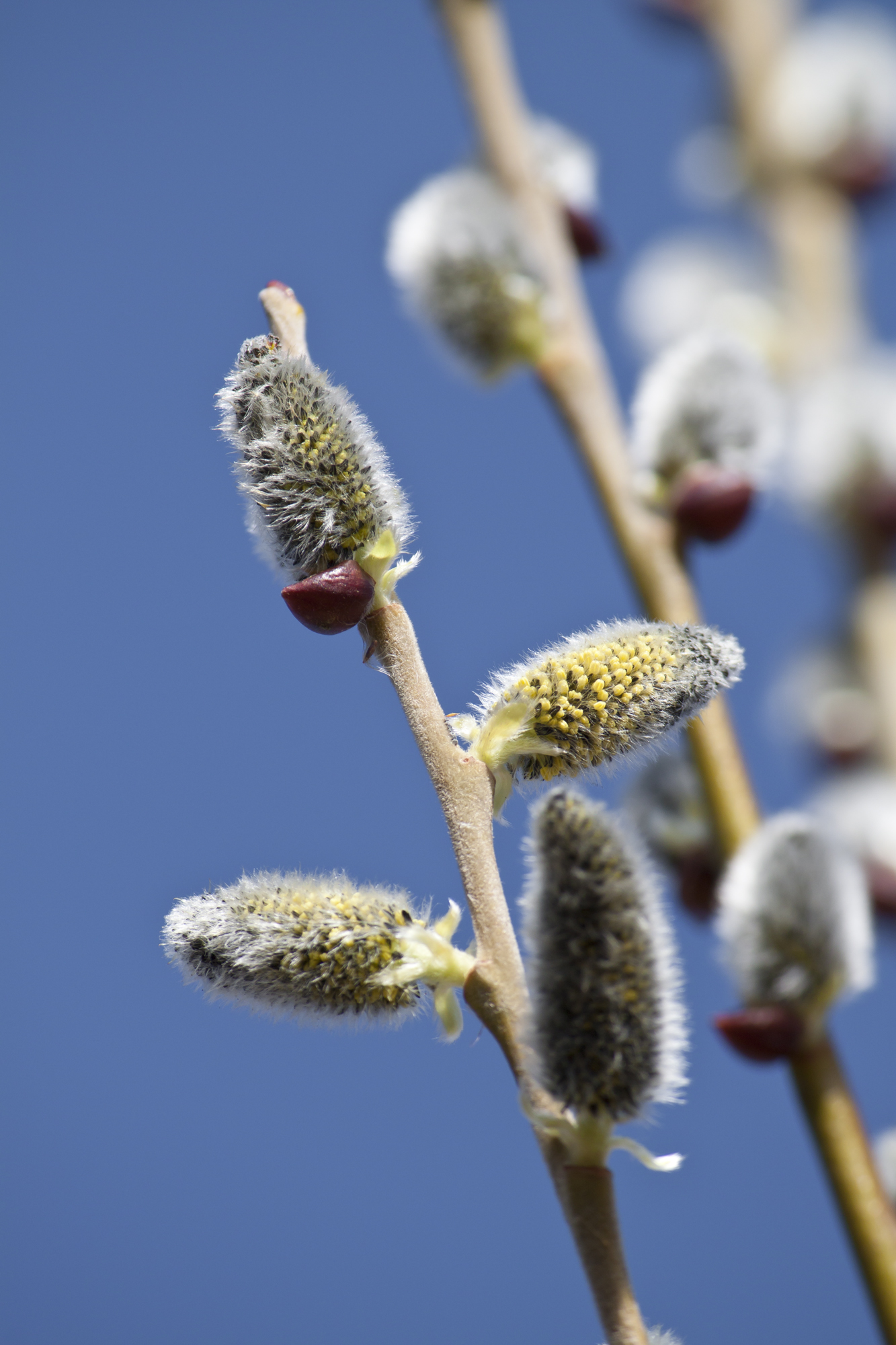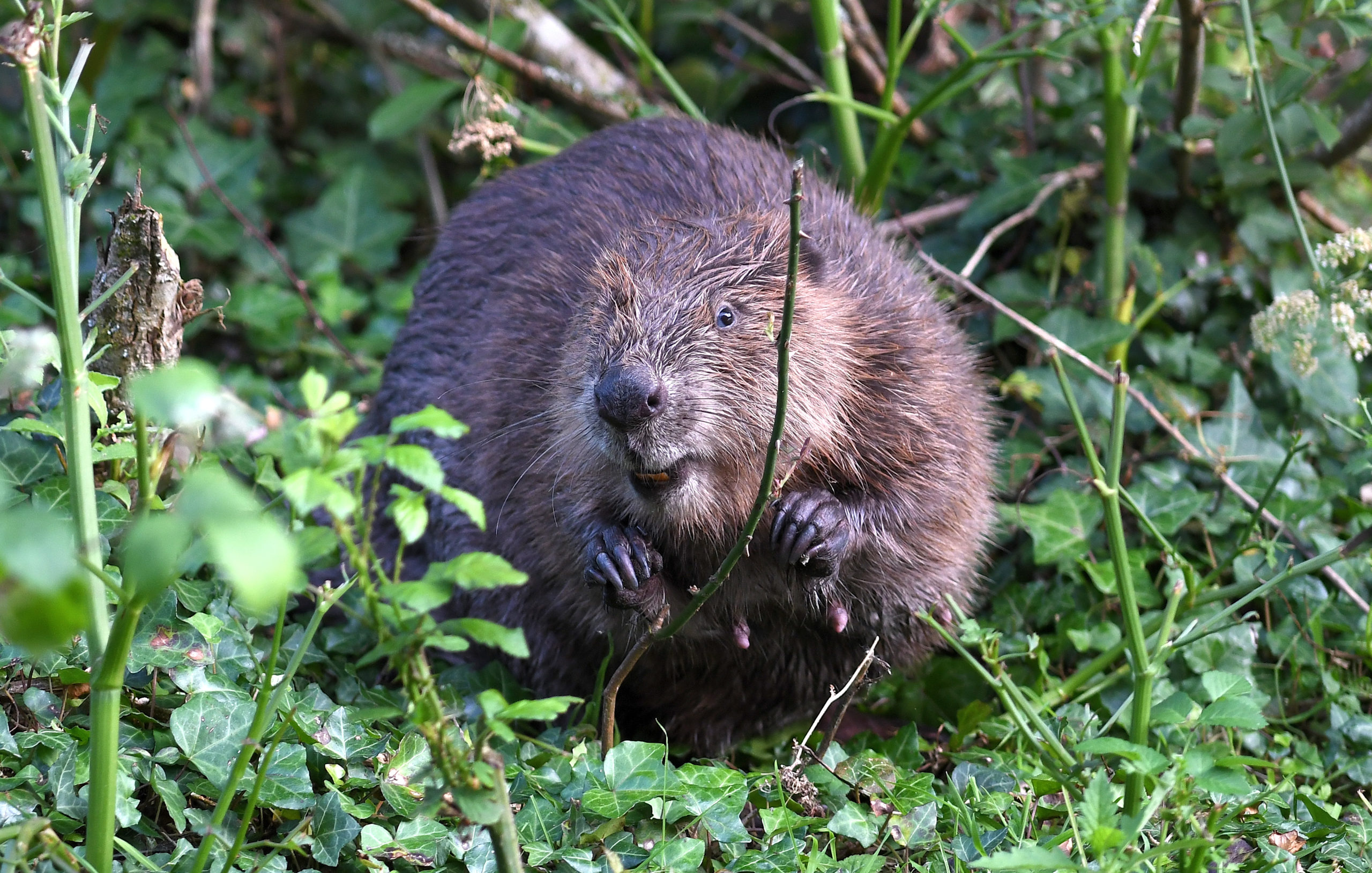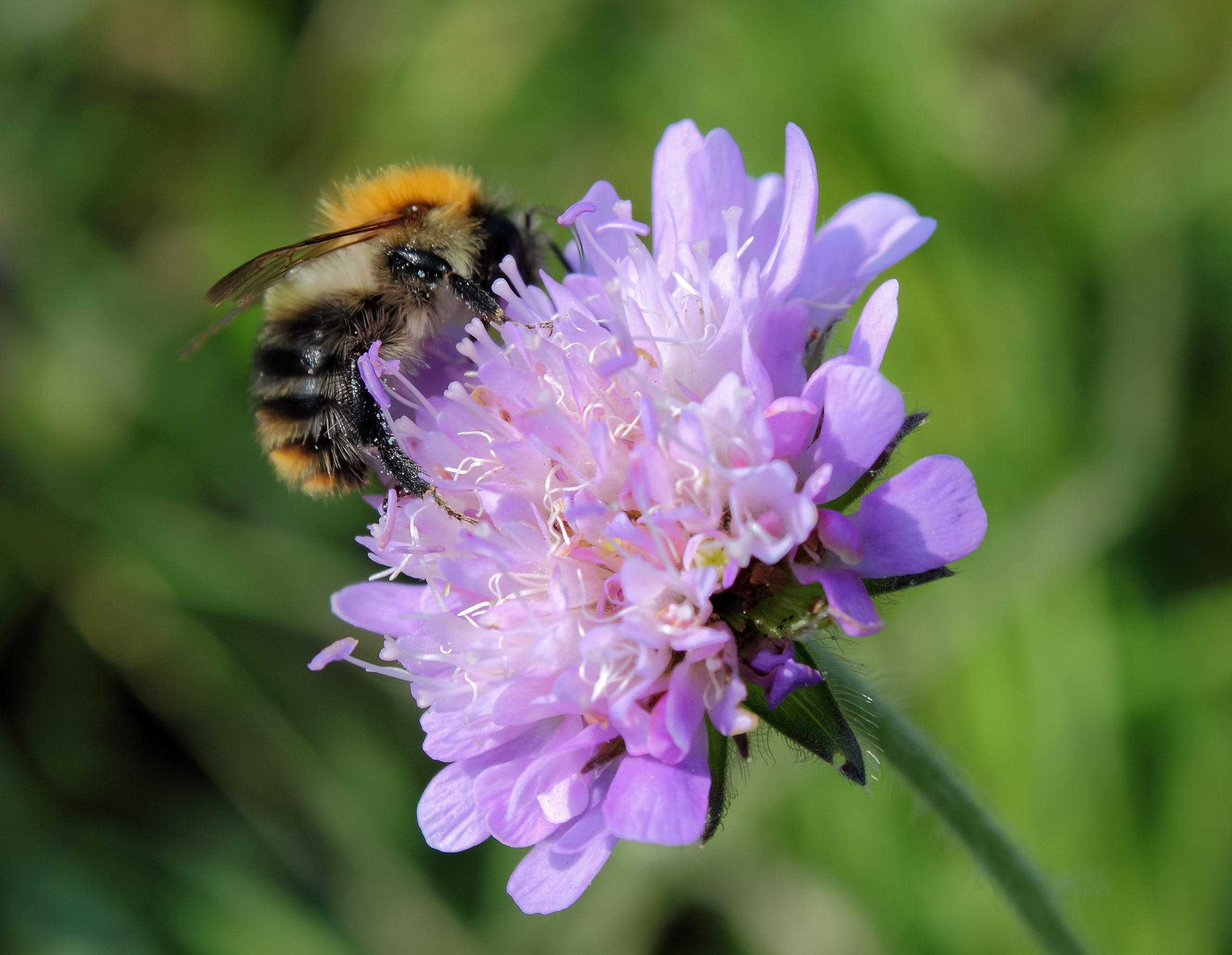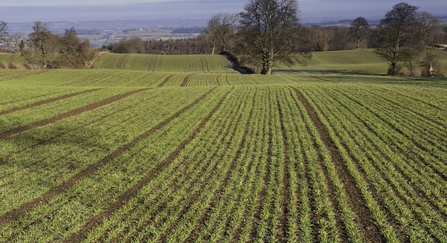The Government has published its response to the Landscapes Review – this is a chance to consider the future of our much-loved National Parks and Areas of Outstanding Natural Beauty (AONBs) in England.
These places comprise some unique and inspiring landscapes – they make important contributions to our economy and society and are part of our national identity. However, the independent review which published “next steps” for these protected places recognised that they could and should be better for wildlife, and that these areas need to do more to connect people to nature.
Now the Government has announced that it agrees that National Parks and AONBs should be better for wildlife and people – and The Wildlife Trusts are delighted with the new intention to ensure these areas play a key role in nature’s recovery and become more accessible to a diverse range of people.
Just over a year ago, the Government made a commitment to protect 30% of land for nature by 2030 – but claimed that National Parks and other similar places currently contribute to the 26% of land they claim is protected. Unfortunately, National Parks and AONBs have suffered from overgrazing, poor management or intensive agricultural practices in many areas. A recent LINK report puts the real figure of land protected for nature at only 3%.
Joan Edwards, director of policy and public affairs at The Wildlife Trusts says:
“We are facing a nature emergency – around half of UK wildlife has decreased since 1970, with 1 in 7 species now at risk of extinction. National Parks and AONBs could make a big contribution to restoring nature – the question is, will the proposed new structure and strategy do the job?
“The reality is that this is only possible if it is done in partnership with farmers because most of these precious places are agricultural landscapes. Nature-friendly farming is key to the success of restoring wildlife to them. The Government must speed up rewards for farmers taking part in the new environmental land management schemes – and make them as ambitious as possible.
“It’s a scandal that most of the finest natural places of all – Sites of Special Scientific Interest – are known to be in a worse condition inside National Parks than they are in the wider countryside. Far more funding is needed to maintain and restore these amazing places.”
